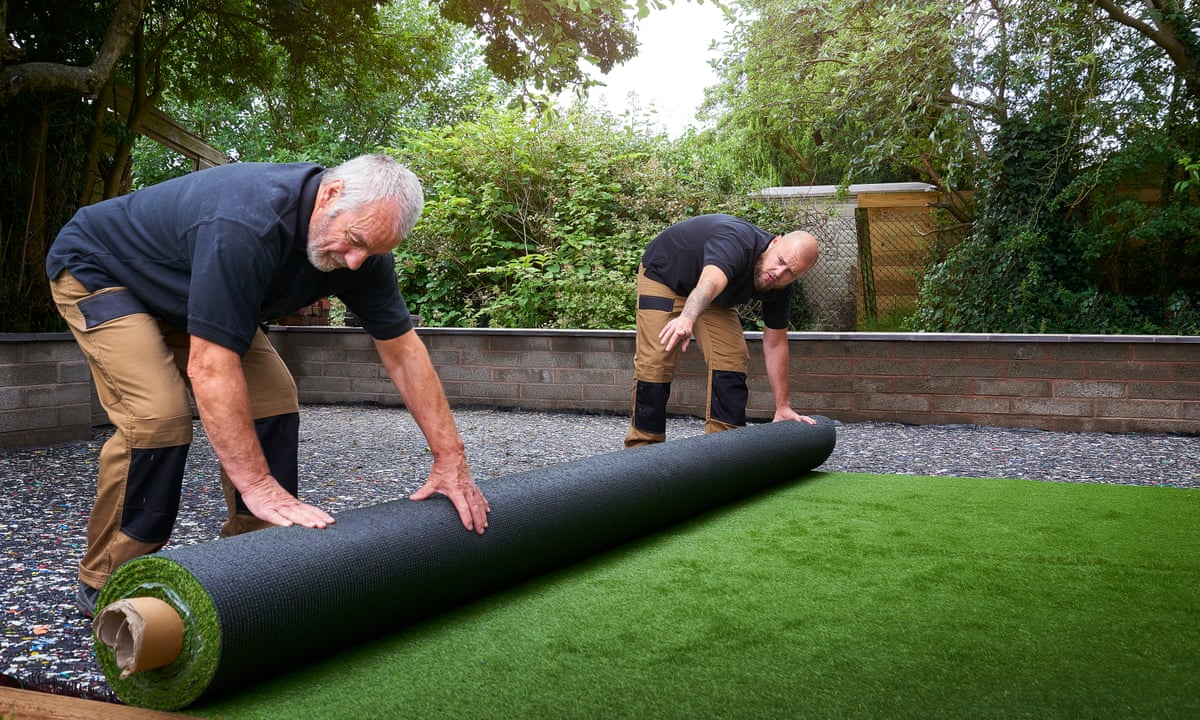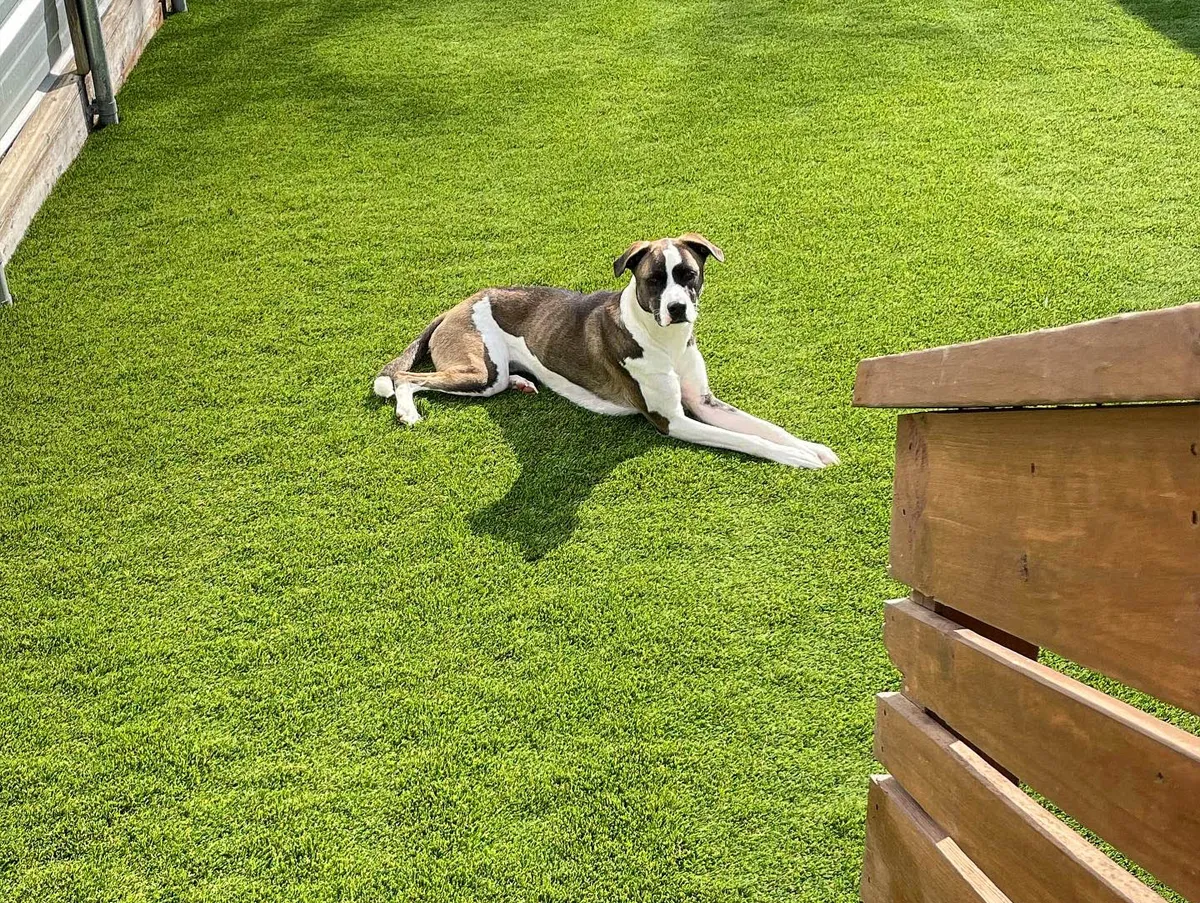Enjoy a Flawless Lawn with Arizona Artificial Turf for Any Outdoor Space
Enjoy a Flawless Lawn with Arizona Artificial Turf for Any Outdoor Space
Blog Article
Look Into the Environmental Perks of Opting for Synthetic Grass Solutions
The adoption of synthetic grass remedies provides a compelling chance to address pressing ecological obstacles. By dramatically minimizing water usage and lessening the application of harmful chemicals, these options not just advertise lasting landscape design but additionally shield neighborhood ecological communities. Moreover, the reduced carbon footprint linked with reduced upkeep activities adds to an extra sustainable method to land administration. The implications of these advantages prolong past mere preservation efforts, elevating concerns about their lasting impact on environment conservation and overall ecological balance. Exploring these measurements reveals an intricate interaction worth thinking about.
Water Conservation Advantages
One of the most considerable advantages of synthetic turf is its capability to save water. In contrast, artificial turf does not need watering, considerably decreasing the overall demand for water resources.
By getting rid of the demand for routine watering, synthetic grass contributes to lasting landscape techniques and helps minimize the ecological influence of excessive water intake. Moreover, the conservation of water reaches the reduction of runoff, which can result in dirt erosion and river pollution.
In addition, the installation of fabricated turf enables districts and homeowners to allocate water resources a lot more effectively, concentrating on essential uses such as drinking water and agriculture. The shift towards synthetic grass not just advertises liable water use yet additionally straightens with more comprehensive environmental objectives intended at maintaining all-natural sources.
As communities increasingly focus on sustainability, the water preservation advantages of synthetic grass present a compelling instance for its fostering in household and business landscape design tasks.
Minimized Chemical Usage
The transition to synthetic grass significantly reduces the reliance on chemical treatments generally used in all-natural lawn maintenance. Standard turf monitoring generally entails the application of plant foods, pesticides, and herbicides to advertise development and control bugs. These chemicals can posture risks to human health and wellness, local wild animals, and the atmosphere, adding to dirt and water contamination.
On the other hand, synthetic lawn gets rid of the need for these unsafe substances. As soon as set up, it needs minimal upkeep, largely containing routine cleaning and irregular infill replenishment. This decrease in chemical usage not just benefits the instant atmosphere yet additionally contributes to more comprehensive ecological stability. By minimizing the launch of artificial compounds into the ecological community, synthetic grass advertises much healthier dirt and water supply.
Additionally, the absence of chemical runoff connected with synthetic grass setups helps protect local rivers from pollution, sustaining marine life and preserving biodiversity. Arizona turf. As neighborhoods increasingly prioritize sustainable methods, choosing synthetic grass provides a feasible remedy that lines up with environmental conservation objectives. Via this shift, home proprietors can enjoy lush environment-friendly areas without endangering eco-friendly wellness, leading the way for a more lasting future
Reduced Carbon Footprint

Furthermore, the installation of synthetic grass can result in significant water conservation. All-natural yards require significant quantities of water for watering, which not only includes in the carbon footprint linked with water extraction and therapy but likewise stress local water sources. In contrast, synthetic grass requires very little upkeep, calling for no watering, therefore considerably minimizing water usage and its linked power costs.
Furthermore, the longevity of synthetic grass adds to its decreased carbon influence. With a life-span of approximately 15 years or even more, the demand for frequent replacements is lessened, causing less waste and lower energy consumption in manufacturing and throwing away typical turf alternatives. Overall, fabricated lawn provides a lasting option for ecologically mindful landscaping.
Habitat Preservation
Environment conservation is a vital factor to consider in the discussion over landscape design choices, especially when contrasting synthetic grass to natural yard. Natural yard yards typically call for comprehensive upkeep, consisting of making use of herbicides, plant foods, and chemicals, which can adversely impact local communities. These chemicals can leach into the soil and waterways, harming native plants and animals and interrupting local habitats.
On the other hand, synthetic grass provides a chance to lower the eco-friendly impact of landscape design. By deciding for synthetic turf, house owners can find out decrease the disturbance of all-natural habitats related to traditional lawn care techniques. Synthetic grass eliminates the requirement for damaging chemicals, consequently shielding neighboring wildlife and maintaining the honesty of surrounding ecological communities. Moreover, the installation of artificial grass can cause the conversion of previous lawn locations into more biodiverse landscapes, such as pollinator yards or indigenous plant locations, which can support neighborhood wild animals.
Ultimately, the change to fabricated grass not just conserves water and lowers upkeep initiatives however additionally promotes an extra harmonious connection between human activities and the natural surroundings, advertising habitat conservation in the procedure.
Long-Term Sustainability
Lasting sustainability is a crucial variable in assessing the benefits of artificial lawn over traditional turf lawns. Among one of the most substantial advantages of man-made grass is its resilience; it can last approximately 15-20 years with very little maintenance, whereas all-natural turf calls for regular reseeding and replacement. This durability decreases the demand for constant sources, such as water, fertilizers, and chemicals, which are important for maintaining a healthy grass yard.
In addition, synthetic grass adds to a decrease in carbon exhausts related to lawn care tools. Typical lawns often require gas-powered lawn mowers, trimmers, and blowers, every one of which add to air pollution. Turf installation phoenix az. In contrast, artificial turf removes the need for such devices, promoting a cleaner setting
Moreover, the production of artificial lawn significantly utilizes recycled materials, enhancing its sustainability profile. As suppliers embrace environmentally friendly practices, the ecological footprint of synthetic grass continues to lessen.

Conclusion
The fostering of fabricated lawn remedies offers considerable ecological benefits, consisting of considerable water preservation, decreased dependence on damaging official website chemicals, and a reduced carbon footprint. Artificial turf aids in maintaining natural habitats by reducing land disruption and promoting long-lasting sustainability through the use of sturdy materials. Jointly, these aspects emphasize the capacity of synthetic grass to contribute positively to ecological health and wellness and provide a feasible option to conventional landscaping practices in a progressively resource-conscious globe.
In comparison, artificial turf does not need watering, dramatically lowering the overall need for water resources. By reducing the launch of artificial substances right into the community, man-made lawn promotes much healthier soil and water systems.
Furthermore, the anonymous installment of artificial turf can result in considerable water conservation. In contrast, man-made grass needs marginal maintenance, needing no watering, thereby substantially minimizing water use and its linked energy prices.

Report this page